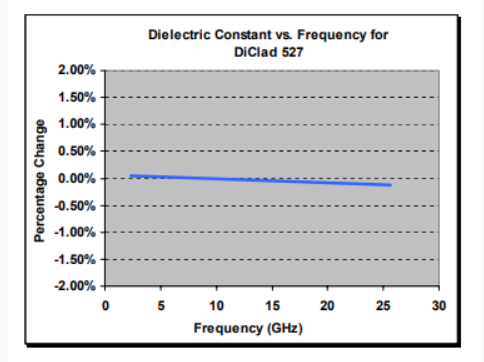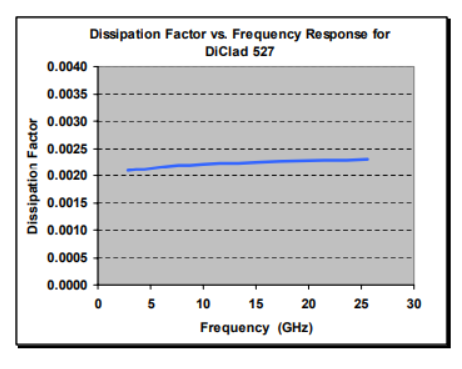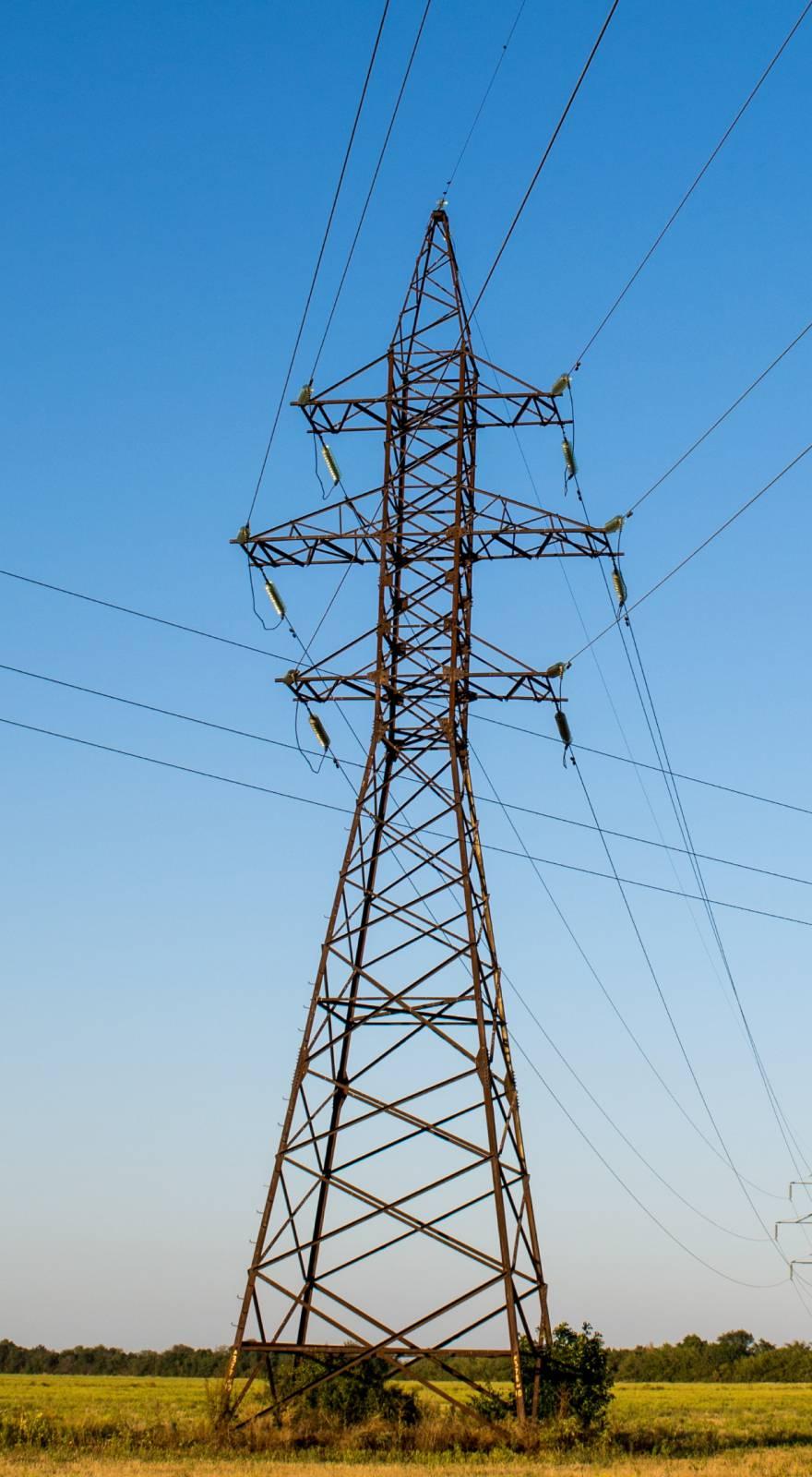Knowde Enhanced TDS
Identification & Functionality
- Chemical Family
- Reinforcement Material
- Composite Materials Functions
- Technologies
- Product Families
Features & Benefits
- Materials Features
- Features
- Extremely Low Loss Tangent
- Excellent Dimensional Stability
- Product Performance Uniformity
- Benefits
- Electrical Properties Are Highly Uniform Across Frequency
- Consistent Mechanical Performance
- Excellent Chemical Resistance
Applications & Uses
- Applications
- Recommended Applications
- Military Radar Feed Networks
- Commercial Phased Array Networks
- Low Loss Base Station Antennas
- Missile Guidance Systems
- Digital Radio Antennas
- Filters, Couplers, LNAs
Properties
- Typical Properties
| Value | Units | Test Method / Conditions | |
| Dielectric Constant at 10GHz | 2.4 - 2.65 | — | IPC TM-650 2.5.5.5 |
| Surface Resistivity | 4.5 x 10^7 | MΩ | IPC TM-650 2.5.17.1 |
| Dielectric Constant at 1MHz | 2.4 - 2.65 | — | IPC TM-650 2.5.5.3 |
| Volume Resistivity | 1.2 x 10^9 | MΩ-cm | IPC TM-650 2.5.17.1 |
| Dissipation Factor tan d, at 10 GHz | 0.0018 | — | IPC TM-650 2.5.5.5 |
| Dissipation Factor at 1 GHz | 0.001 | — | IPC TM-650 2.5.5.3 |
| Thermal Coefficient of εr | -153 | ppm/°C | IPC TM-650 2.5.5.5 Adapted |
| Peel Strength | 14 | lb/in | IPC TM-650 2.4.8 |
| Arc Resistance | min. 180 | seconds | ASTM D-495 |
| Tensile Modulus | 706, 517 | kpsi | ASTM D-638 |
| Tensile Strength | 19, 15 | kpsi | ASTM D-882 |
| Compressive Modulus | 359 | kpsi | ASTM D-695 |
| Flexural Modulus | 537 | kpsi | ASTM D-790 |
| Dielectric Breakdown | min. 45 | kV | ASTM D-149 |
| Density | 2.31 | g/cm3 | ASTM D-792 Method A |
| Water Absorption | 0.03 | % | MIL-S-13949H 3.7.7 and IPC TM-650 2.6.2.2 |
| Coefficient of Thermal Expansion - X Axis | 14 | ppm/°C | IPC TM-650 2.4.24 |
| Coefficient of Thermal Expansion - Y Axis | 21 | ppm/°C | IPC TM-650 2.4.24 |
| Coefficient of Thermal Expansion Z Axis | 173 | ppm/°C | IPC TM-650 2.4.24 |
| Thermal Conductivity | 0.254 | — | ASTM E-1225 |
| Outgassing Total Mass Loss | 0.02 | % | NASA SP-R-0022A |
| Outgassing Collected Volatile Condensable Material | 0 | % | NASA SP-R-0022A |
| Outgassing Water Vapor Regain | 0.01 | % | NASA SP-R-0022A |
Technical Details & Test Data
- Dielectric Constant vs. Frequency

Demonstrates the Stability of Dielectric Constant across Frequency. This information was correlated from data generated by using a free space and circular resonator cavity. This characteristic demonstrates the inherent robustness of the laminates across Frequency, thus simplifying the final design process when working across EM spectrum. The stability of the Dielectric Constant of DiClad over frequency ensures easy design transition and scalability of design.
- Dissipation Factor vs. Frequency

Demonstrates the Stability of Dissipation factors across Frequency. This characteristic demonstrates the inherent robustness of the Laminates across Frequency, providing a stable platform for high-frequency applications where signal integrity is critical to the overall performance of the application.
Packaging & Availability
- Material Availability
DiClad laminates are supplied with 1/2, 1 or 2 ounce electrodeposited copper on both sides. Other copper weights and rolled copper foil are available. DiClad is available bonded to a heavy metal ground plane. Aluminum, brass or copper plates also provide an integral heat sink and mechanical support to the substrate. When ordering DiClad products please specify dielectric constant, thickness, cladding, panel size and any other special considerations. Available master sheet sizes include 36" x 48" and 48" x 54".

